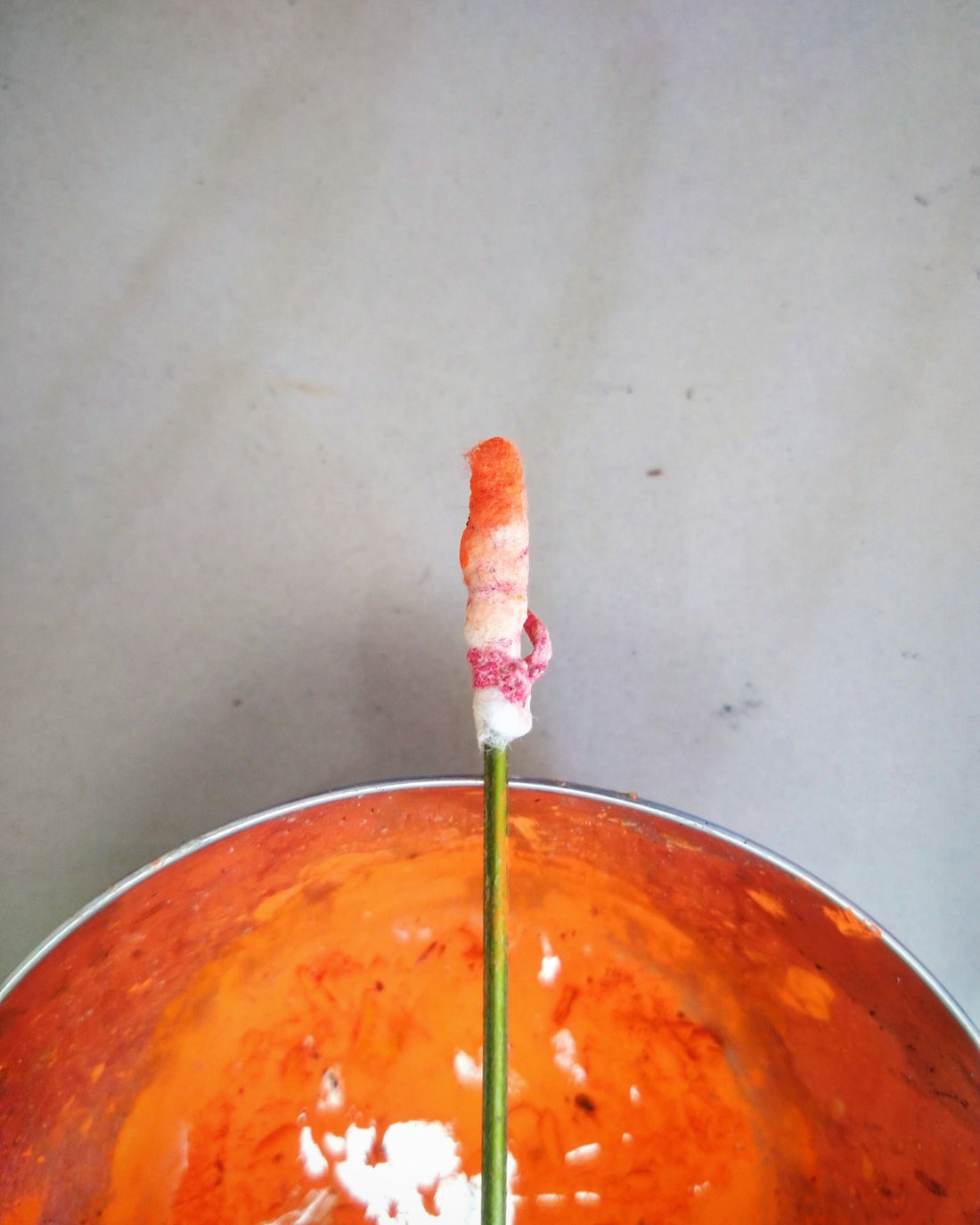
Understanding Sourdough Starter vs Commercial Yeast: What Sets Them Apart
In the realm of bread making, discerning bakers often find themselves at a crossroads: the age-old sourdough starter or the convenience of commercial yeast. These two leavening agents may seem similar at first glance, but they hold markedly different properties and effects on your bread's taste, texture, and nutritional value. Understanding these differences is crucial for anyone keen on mastering homemade sourdough and perfecting their sourdough bread recipe.
What is a Sourdough Starter?
A sourdough starter is a symbiotic culture of wild yeast and bacteria cultivated in a mixture of flour and water. Unlike commercial yeast, which is a single strain of Saccharomyces cerevisiae, the wild yeast found in a sourdough starter is diverse and coexists with lactobacilli bacteria. This wild yeast fermentation is what gives sourdough its distinctive tanginess and robust flavor. Cultivating a starter is an essential step toward artisan bread baking.
Steps on How to Feed Your Sourdough Starter
To maintain an active and healthy starter, regular feeding is essential. Here is a simple sourdough starter feeding schedule:
- Discard: Remove half of your starter.
- Feed: Add equal parts flour and water to the remaining starter.
- Mix: Stir until well combined.
- Rest: Allow the starter to sit at room temperature for several hours before storing it.
Check out our handmade rattan wicker fermentation baskets for optimal fermentation.
Commercial Yeast: A Convenient Alternative
Commercial yeast, available in instant or active dry forms, offers a quick and reliable rise, making it a staple for many bakers. However, the flavors produced by commercial yeast are often less complex compared to those from wild yeast fermentation. Baking with commercial yeast is less sensitive to environmental conditions than sourdough baking.
The Fermentation Process: Sourdough vs. Commercial Yeast
Sourdough Fermentation:
- Relies on naturally occurring wild yeast.
- Results in a longer fermentation process, contributing to the bread's distinctive taste and texture.
- The slow fermentation enhances the bread's digestibility, possibly making sourdough a better choice for some with digestive issues. It even has potential benefits for those managing blood sugar levels, suggesting it as an option in sourdough for diabetics.
Commercial Yeast Fermentation:
- Faster and more predictable.
- Good for bakers who need quick results.
- Lacks the nuanced flavors developed in sourdough bread.
How to Bake Sourdough Bread
Embarking on the quest to bake your own sourdough can be daunting. Here is a basic guide to easy sourdough bread:
- Prepare the Dough: Mix your active starter, flour, and water. Let it rest for an autolyse period to develop gluten.
- Knead and Fold: Use a series of stretch-and-fold techniques to build dough strength.
- Bulk Fermentation: Allow the dough to ferment until doubled in size.
- Shape: Mastering how to shape sourdough bread is key to developing its structure. Consider using a professional bread lame for precise scores – find one here.
- Proof: After shaping, let the dough proof in a bread rattan basket for even shaping and rise.
- Bake: Utilize the best sourdough scoring techniques to allow the dough to expand and bake evenly.
Incorporate a digital kitchen scale for precision in your ingredients.
Troubleshooting Tips
Even seasoned bakers can encounter issues. Here's a look into sourdough starter troubleshooting:
- Inactive Starter: Make sure your feeding routine is consistent, and consider the temperature - wild yeast thrive in warm environments.
- Dense Loaf: This could be due to insufficient proofing. Use a watchful eye on the dough rather than a strict timer.
Understand these points, and your journey into My sourdough life will be much smoother.
Conclusion
The decision between using a sourdough starter and commercial yeast hinges on your baking goals, taste preferences, and the time you can dedicate to the process. While commercial yeast can offer convenience, the depth of flavor and potential health benefits of sourdough make it a worthy investment of time and effort. Equip yourself with quality tools and ingredients sourced from Italian Sourdough to elevate your baking experience.
By honing your skills and understanding the distinctions between these two leavening options, you’ll discover the full potential of artisan bread baking. Grab your pizza baking tools and let your bread-making journey begin!
